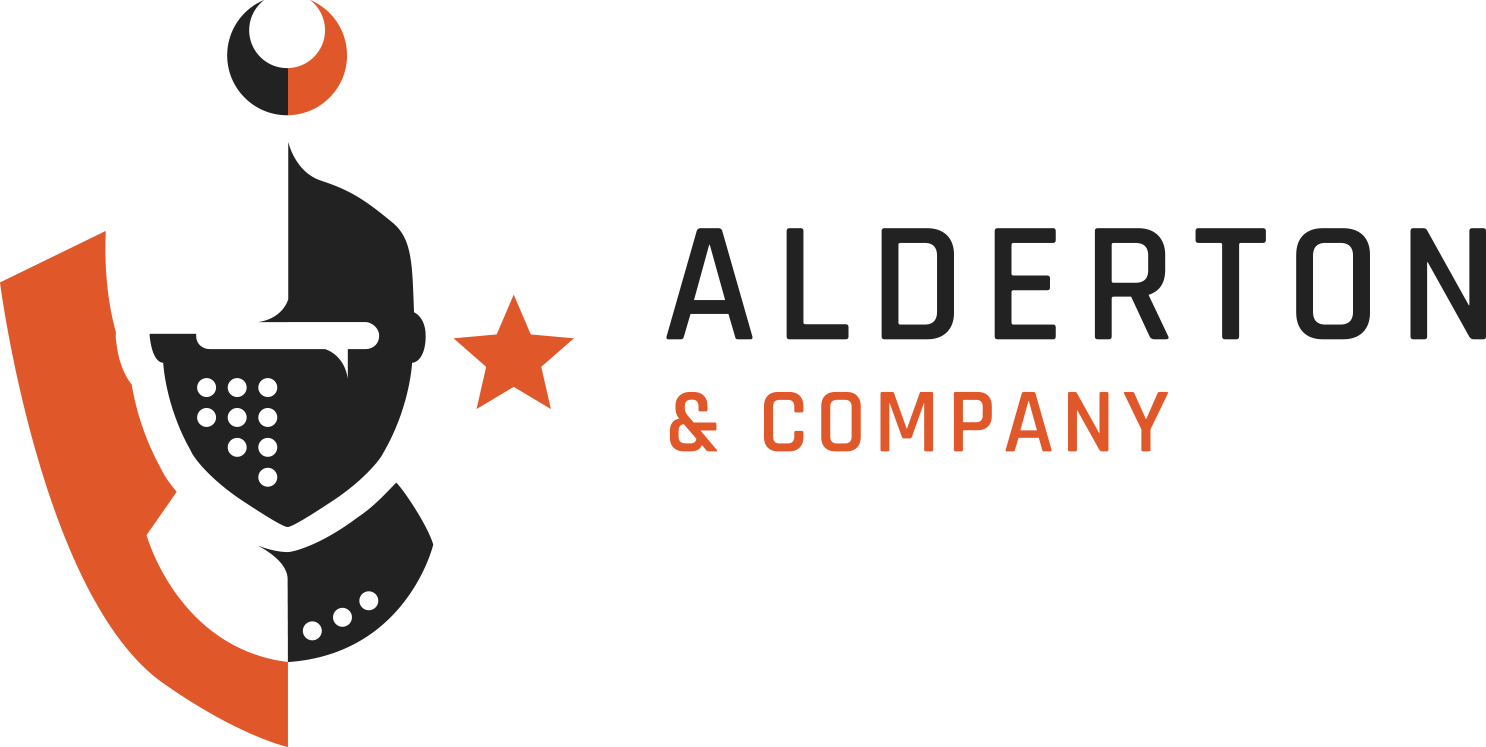
The Power of Improved Performance Measurement: Elevating Organizational Success
September 9, 2024
Financial Management: Strategies for Financial Fraud Prevention
September 11, 2024The Digital Revolution in Tax: How Technology is Empowering Businesses


In the intricate world of tax compliance and planning, businesses find themselves grappling with an ever-evolving maze of regulations, global complexities, and a deluge of financial data. The challenges are immense, demanding accuracy, efficiency, and strategic foresight. Thankfully, technology has emerged as a guiding light, not just illuminating the path to compliance but also revealing hidden opportunities for growth and optimization. Let’s embark on an in-depth journey through the diverse ways technology is revolutionizing the tax landscape.
The Rise of Automation: Accuracy and Efficiency at the Core
One of the most profound impacts of technology in tax is its ability to automate repetitive, time-consuming tasks that once occupied countless hours. Gone are the days of manual data entry and labor-intensive report generation. Cloud-based accounting software, coupled with specialized tax tools, now streamline these processes, freeing up valuable time for businesses and tax professionals alike. Moreover, the precision of these digital solutions dramatically reduces the risk of human error, ensuring compliance and minimizing costly penalties.
Data Analytics: Transforming Tax Planning from Reactive to Proactive
The dawn of the big data era has brought about a paradigm shift in tax planning. Advanced data analytics tools empower businesses to extract valuable insights from massive volumes of financial data. Through identifying patterns, trends, and anomalies, businesses can anticipate potential tax implications and proactively develop strategies to optimize their tax positions. This predictive approach empowers businesses to make informed financial decisions, minimize tax liabilities, and seize growth opportunities.
Real-Time Insights: Staying Ahead of the Compliance Curve
The integration of real-time data processing and cloud-based platforms has ushered in a new era of proactive tax compliance. Instead of scrambling to react at the end of a fiscal period, businesses can now monitor their tax obligations in real time, identifying and addressing potential issues as they arise. This ongoing vigilance minimizes the risk of non-compliance and its associated penalties. Furthermore, real-time reporting provides decision-makers with instant access to accurate financial data, facilitating agile responses to changing tax scenarios.
Breaking Down Silos: Technology-Enabled Collaboration
Technology is dismantling communication barriers between businesses, accountants, and tax advisors. Secure online portals enable the seamless sharing of documents, data, and insights, ensuring that all stakeholders are operating on the same page. This not only streamlines the compliance process but also fosters a more collaborative and proactive approach to tax planning. Tax advisors, armed with the most current financial information, can offer timely and strategic guidance, helping businesses make the most of their opportunities.
The AI Advantage: Intelligent Insights and Automation
Artificial intelligence (AI) and machine learning (ML) represent the next frontier in tax technology. These powerful tools are capable of analyzing complex tax regulations, identifying patterns in financial data, and even automating certain decision-making processes. AI and ML can uncover hidden risks and opportunities, freeing up tax professionals to focus on more strategic and value-added tasks. The result is a more efficient, effective, and insightful tax function.
Embracing the Future: Navigating the Challenges
While the benefits of technology in tax are undeniable, the journey is not without its challenges. The rapid pace of technological change demands constant learning and adaptation, requiring businesses and professionals to invest in continuous training and upgrades. Data security and privacy remain critical concerns, necessitating robust measures to protect sensitive financial information
The Road Ahead: A Future of Innovation
The intersection of technology and tax is poised for further growth and innovation. We can expect AI and ML to continue to mature, unlocking even deeper insights and automating more complex tasks. The potential of blockchain technology to create tamper-proof, transparent tax records is particularly exciting, promising a future of enhanced trust and efficiency in the tax ecosystem.
In closing, the integration of technology in tax compliance and planning is not merely a trend but a fundamental shift in the way businesses manage their financial obligations. By harnessing the power of automation, data analytics, AI, and collaborative tools, businesses can navigate the complexities of tax with confidence and unlock a world of strategic opportunities. Embracing technology is no longer optional; it’s the key to thriving in today’s dynamic tax landscape.



